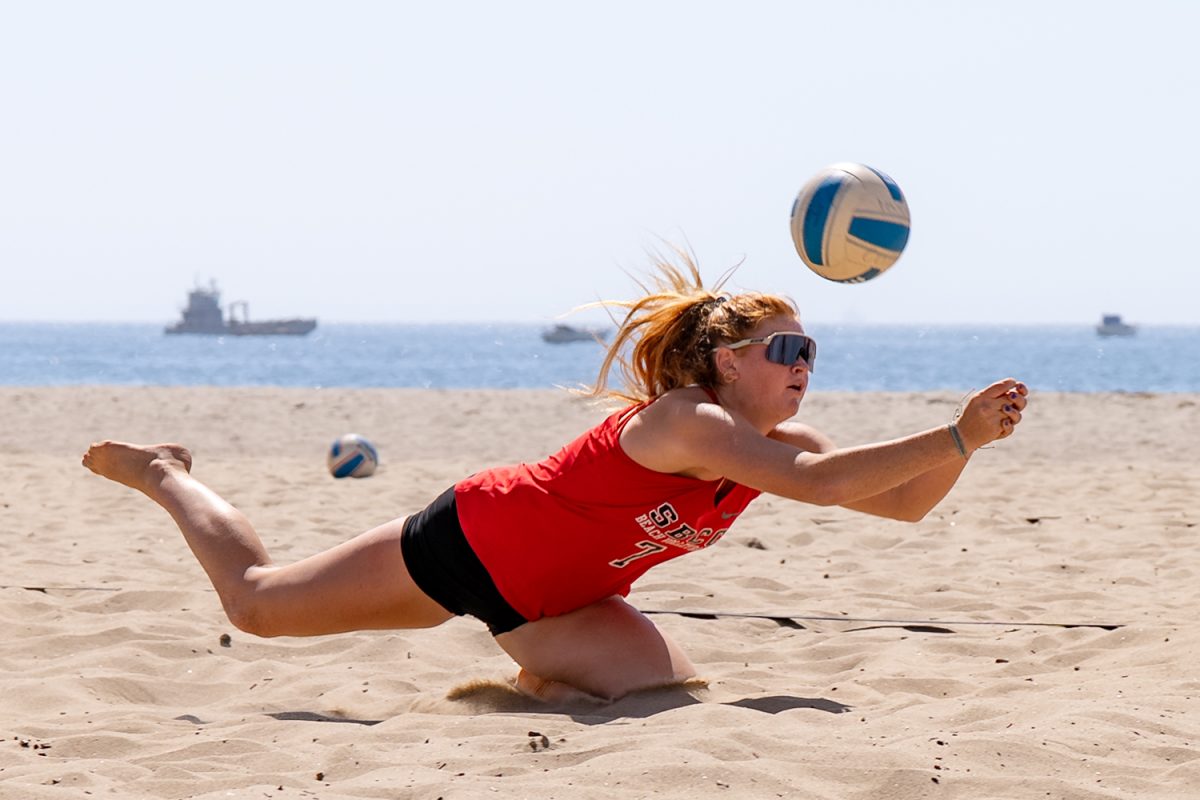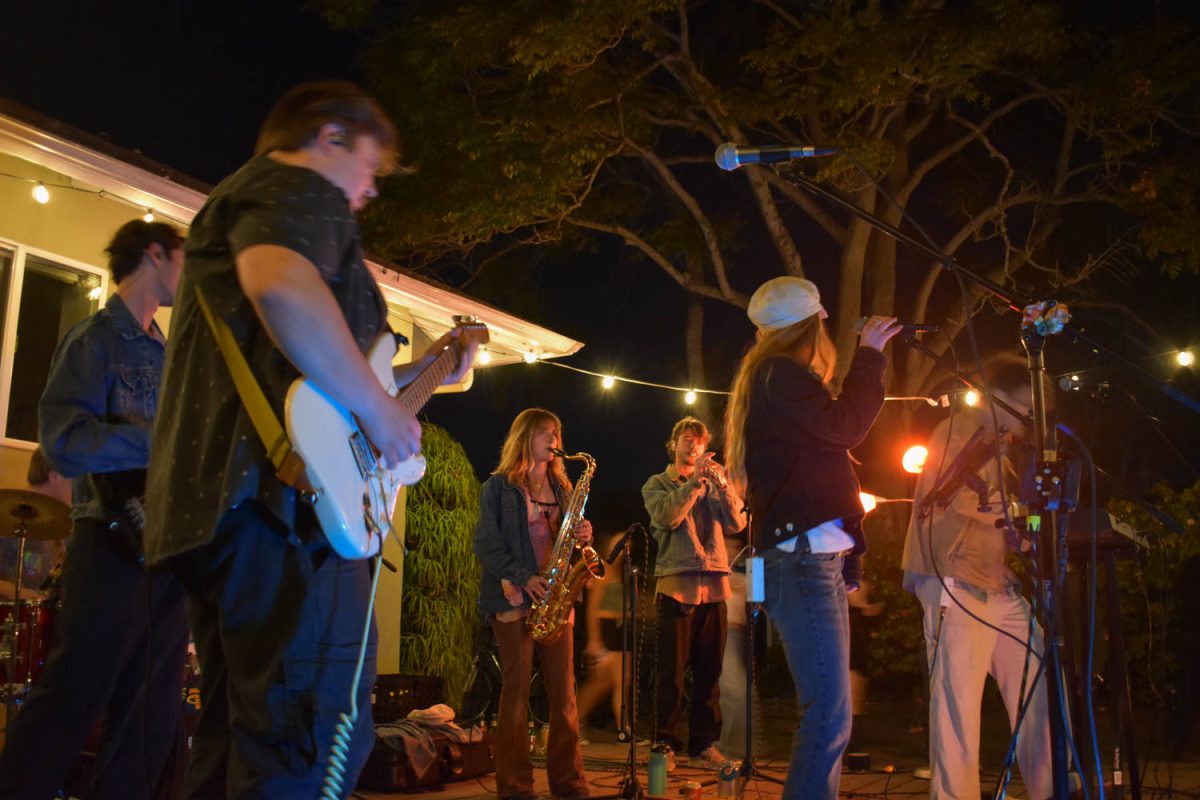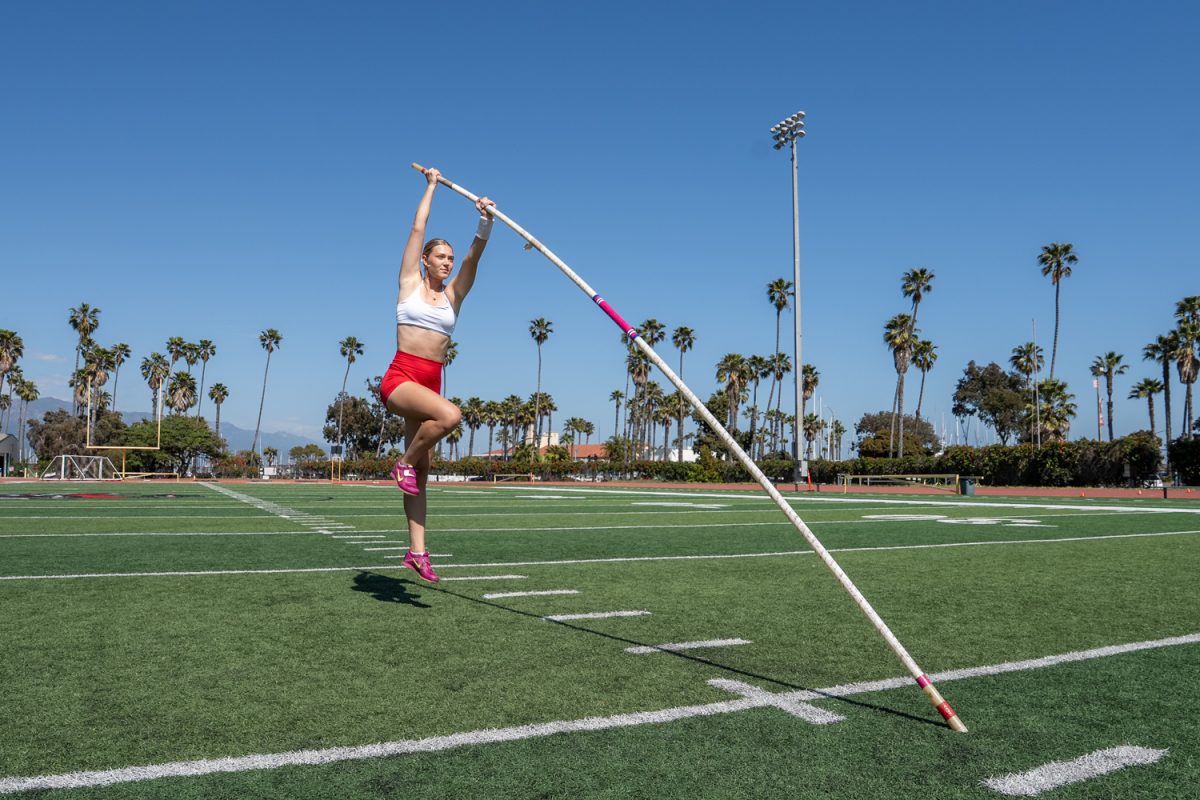The Radiologic and Imaging Department is wrapping up renovation of its lab. This project began seven years ago and is expected to finish by the end of June or early July of this year.
“I had to envision the lab not only for today but for 10,15, 20 years from now,” Bruce Oda, chair of the medical and machine sciences department said. “Technology has advanced so quickly in our field to make sure the equipment is relevant for the future.”
The radiography program is a two-year course that begins each summer and admits around 30 students. In the program, students earn an associate’s degree in science and are eligible to take the national registry exam that qualifies them to perform radiographic procedures in California.
The new lab will feature a live x-ray room and a portable x-ray machine. It is designed to simulate a clinical environment, with a reception desk and a waiting area upon entering the room.
“It is going to be set up as an ER suite, or a surgical suite and there are procedures that students need to earn their competency within those areas,” Oda said.
Additionally, the mammography program has been offered as an elective, but lacks the necessary equipment for hands-on demonstration. With this renovation, students now have the opportunity to learn proper positioning techniques.
“[The renovation] will provide students, specifically in mammography, to work on equipment rather than going into a clinical site and not knowing how to position,” Oda said. “It’s going to be much more hands-on.”.
Students must earn competencies in 51 radiographic procedures to complete the program. They practice these procedures in the lab where they learn about anatomy, different types of procedures, different sutures and how to perform x-rays.
“We want them to feel comfortable enough, as if [they]were the patient,” Oda said. “This camera system will allow us to review it with the student, to improve the flow of their routines and add different levels of knowledge to make it more effective, ultimately better patient care.”
The new technology the lab is implementing is digital technology equipment, which reduces the amount of exposure for patients and technicians.
“Upgrading our technology provides us more opportunities to meet industry standards,” Oda said.
Oda worked alongside Dean of Health and Human Services and Career Technologies, Alan Price to obtain the funding for this renovation.
Funding comes from the Strong Workforce Program (SWP), a state-funded initiative that was created to support career and technical education, known as CTE. The goal of the program is to help students learn real-world skills that prepare them for jobs in fields like healthcare and technology.
“With support from the college and grant funding provided by the State of California specifically for Career Technical Education (CTE) programs, SBCC will be able to upgrade our Radiologic Technology lab,” Price said in an email. “These updates will allow us to better serve both current and future students and ensure they are trained on equipment that reflects what they will encounter in their professional careers.”


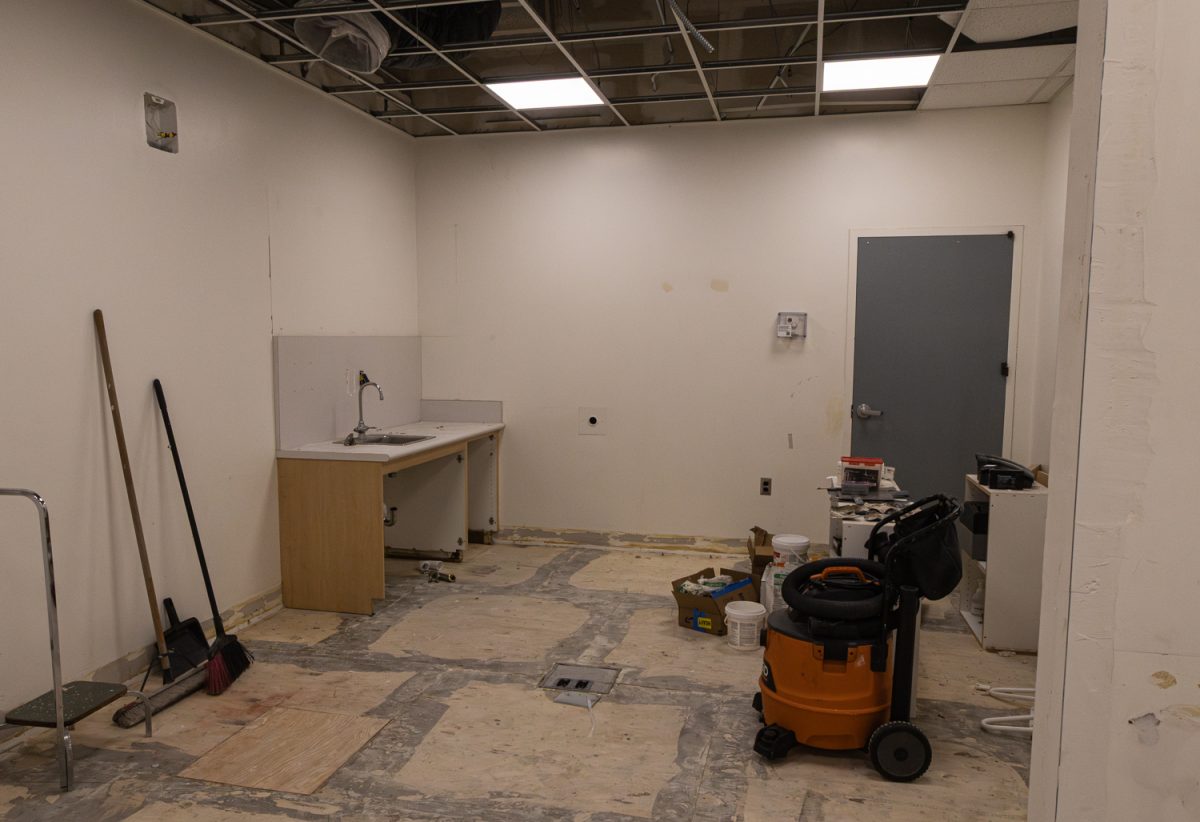

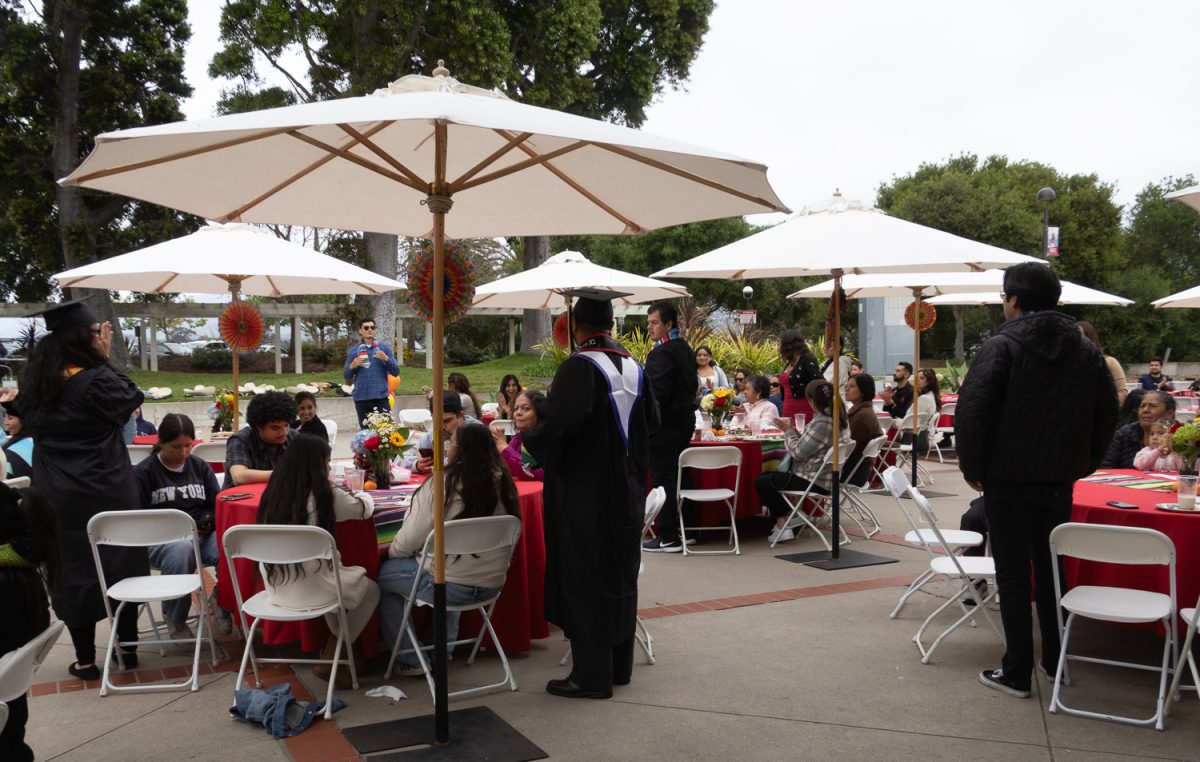
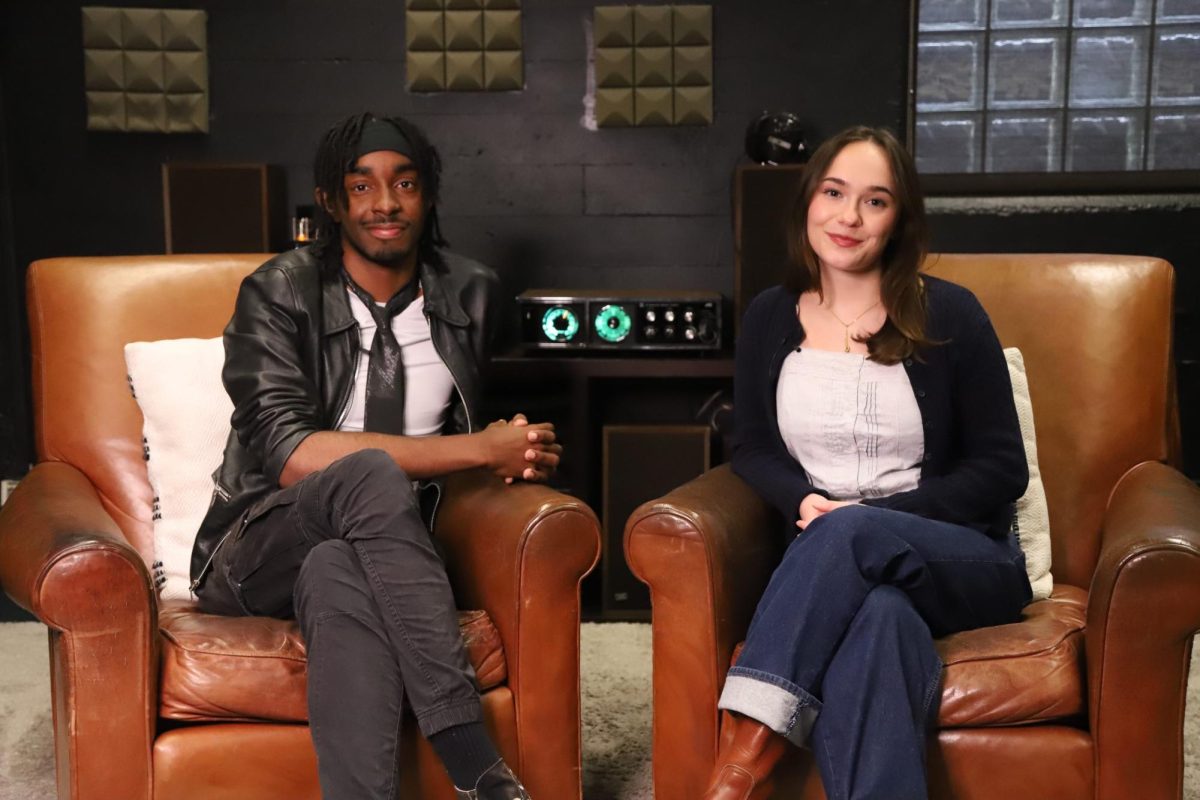
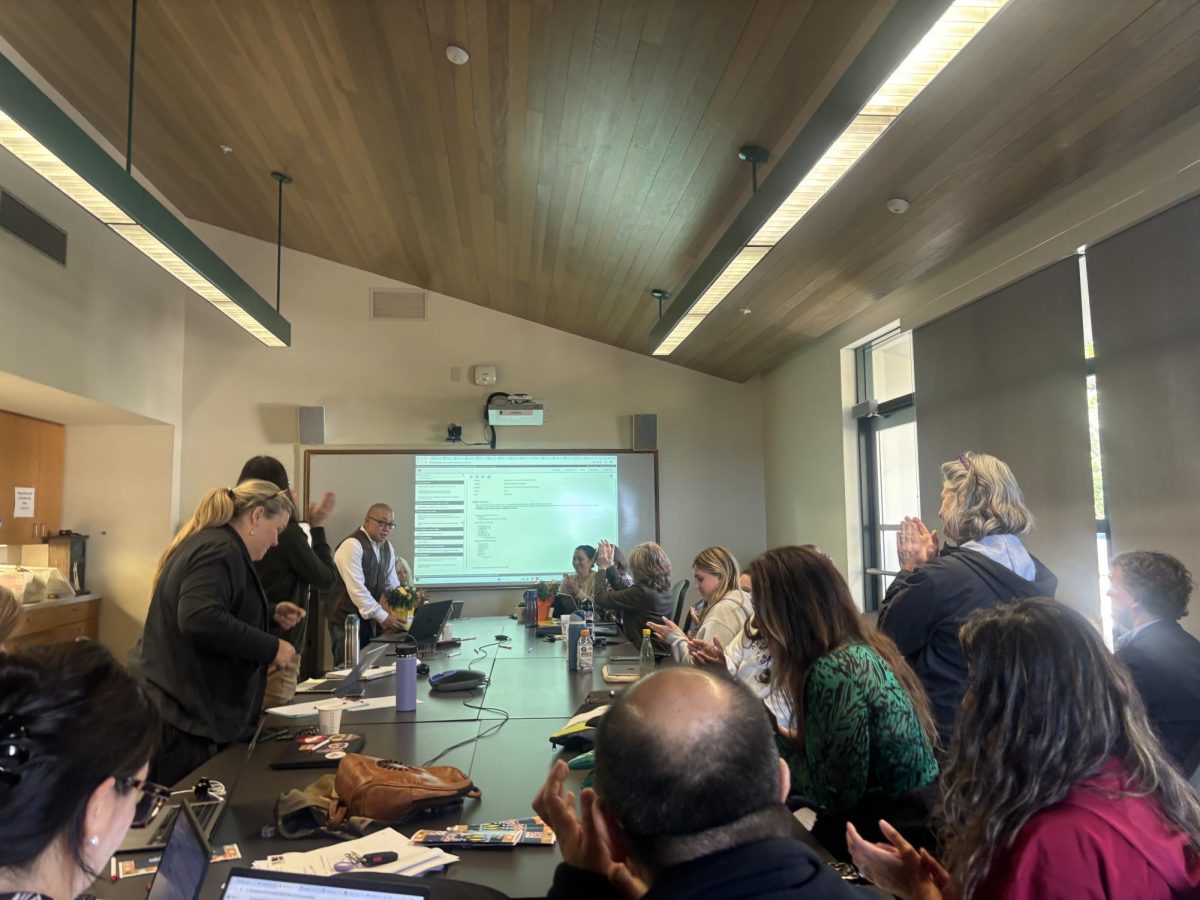
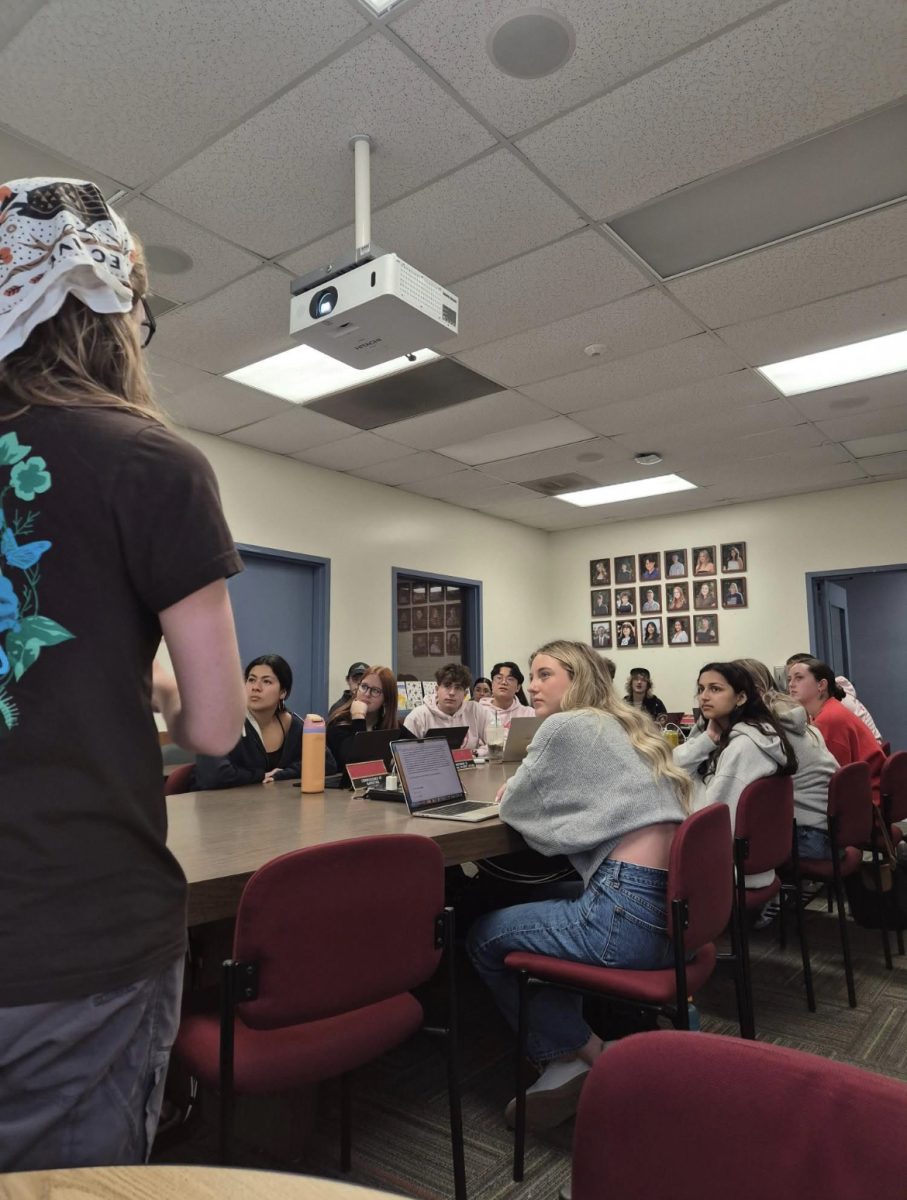

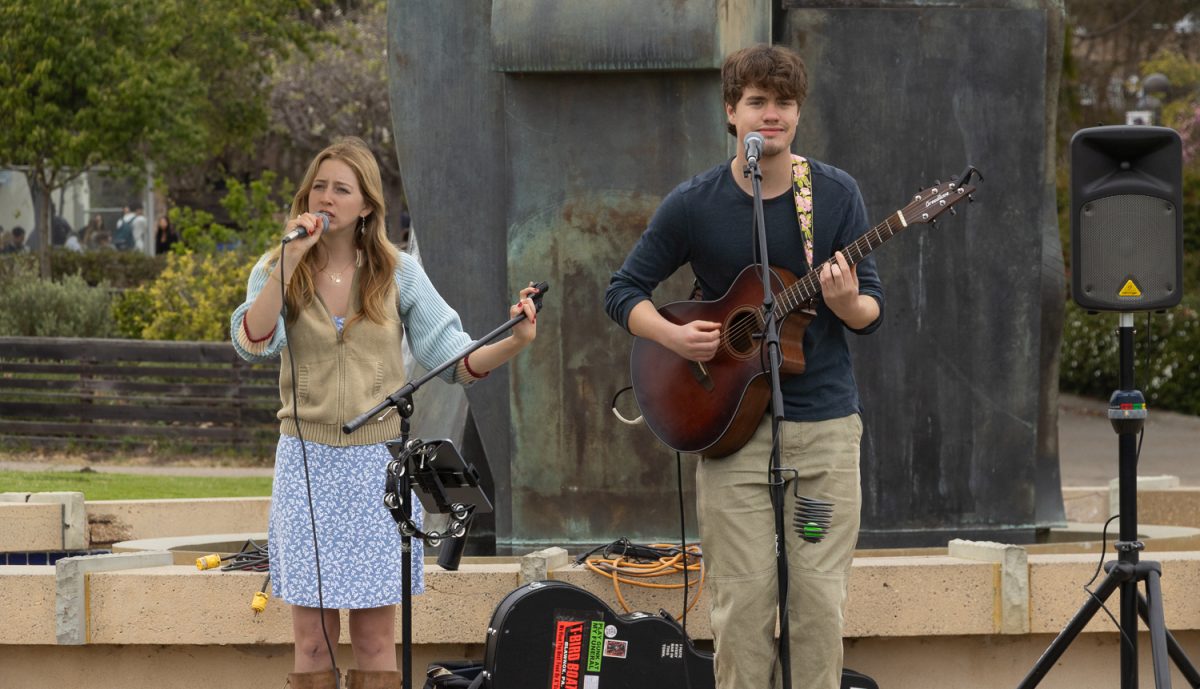
![Milton Alejandro Lopez Plascencia holds a flag showcasing the United States and Mexico on Feb. 7 in Santa Barbara, Calif. “It’s heartbreaking to see what is happening all across the country,” Lopez Plascencia said. “I [want] my voice to be heard by the community.”](https://www.thechannels.org/wp-content/uploads/2025/05/MGSImmigration-1-1200x800.jpg)
